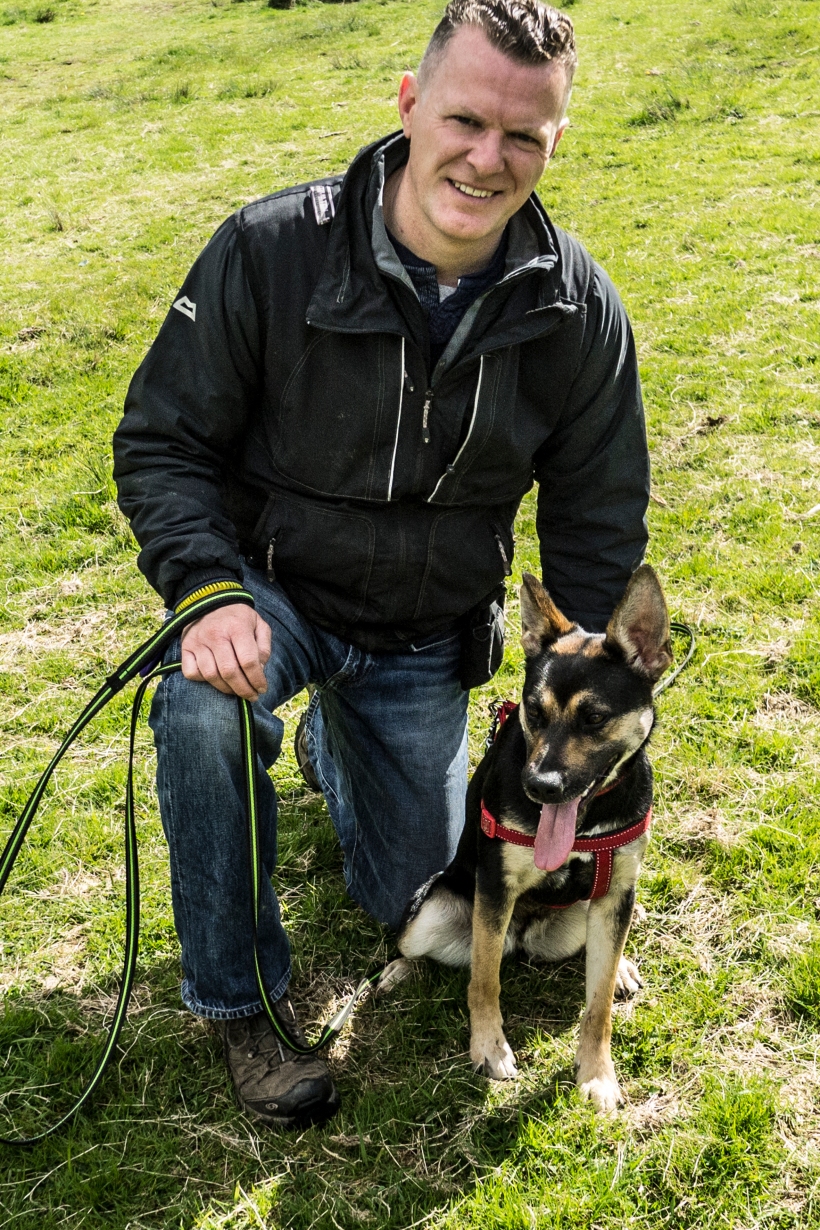Trial and Error Learning – Part 3 – negative reinforcement.
Negative reinforcement – the removal (-) of a stimulus following a behaviour which causes that behaviour to increase.
As discussed in the previous blog, reinforcement increases behaviour. When we negatively reinforce a behaviour, we remove something unpleasant in order to increase the preceding behaviour. Now the stimulus we are removing needs to, by definition, be unpleasant enough that we are motivated by it to want it gone. It doesn’t need to be painful, although it often is, but it has to be unpleasant.
To give some examples
1. My dog gets off his bed. I stare hard at him and tell him to go back to bed, putting social pressure on him, until he goes back to the bed. When he gets back onto his bed, I stop staring at him. The stare down, is unpleasant for the dog, and it’s removal reinforces going back into bed. Staying in bed is increased.
2. I put an electric collar on my dog (I don’t, this is an example). I let my dog off lead and recall him and then press the button to shock him. When he returns to me, I release the shock. The removal of the electric shock reinforces the recall.
3. I am standing on the train and someone stands too close to me making me feel uncomfortable. I take a step back to feel more comfortable. Me taking a step back has been negatively reinforced be relieving the discomfort of him standing too close.
4. I have an abscess in my tooth. I go to the dentist and he removes it, relieving me of the pain. My going to the dentist has been reinforced by the removal of the pain.
5. I have an eyelash in my eye. I go to the mirror and remove it. My actions of removing the eyelash have been negatively reinforced by the relief from the discomfort.
6. My dog barks at a stranger because he is frightened. I wait until he is quiet before moving away. My dog’s cessation of barking has been reinforced by me moving away from the scary stranger.
In horse training, this is referred to as “pressure/release”. Pressure is put on the horse and released when the horse performs the desired behaviour.
Now, I’d like you for a moment to consider the human examples above, especially the tooth ache one and ask yourself this
“Is the relief I feel from that pain worth the pain or discomfort in the first place?”
Would you rather not have had the pain at all? A few years ago I injured my back and attended a chiropractor. After going to see him, I felt so much better, less pain and better movement. But guess what, I didn’t want the pain to start with and then actively engaged in making my back stronger so that I wouldn’t feel that pain again.
So, any time we use negative reinforcement to change behaviour, we are by necessity introducing a painful/uncomfortable/annoying sensation into the scenario which the dog will come to associate with it. Negative reinforcement can be used successfully, but there is always the risk of fallout and in the vast majority of cases it’s unnecessary as the behaviour can be taught with positive reinforcement.
Constructive comments and questions are welcome as ever.
Next time, negative punishment – removing something the dog want in order to reduce behaviour.



